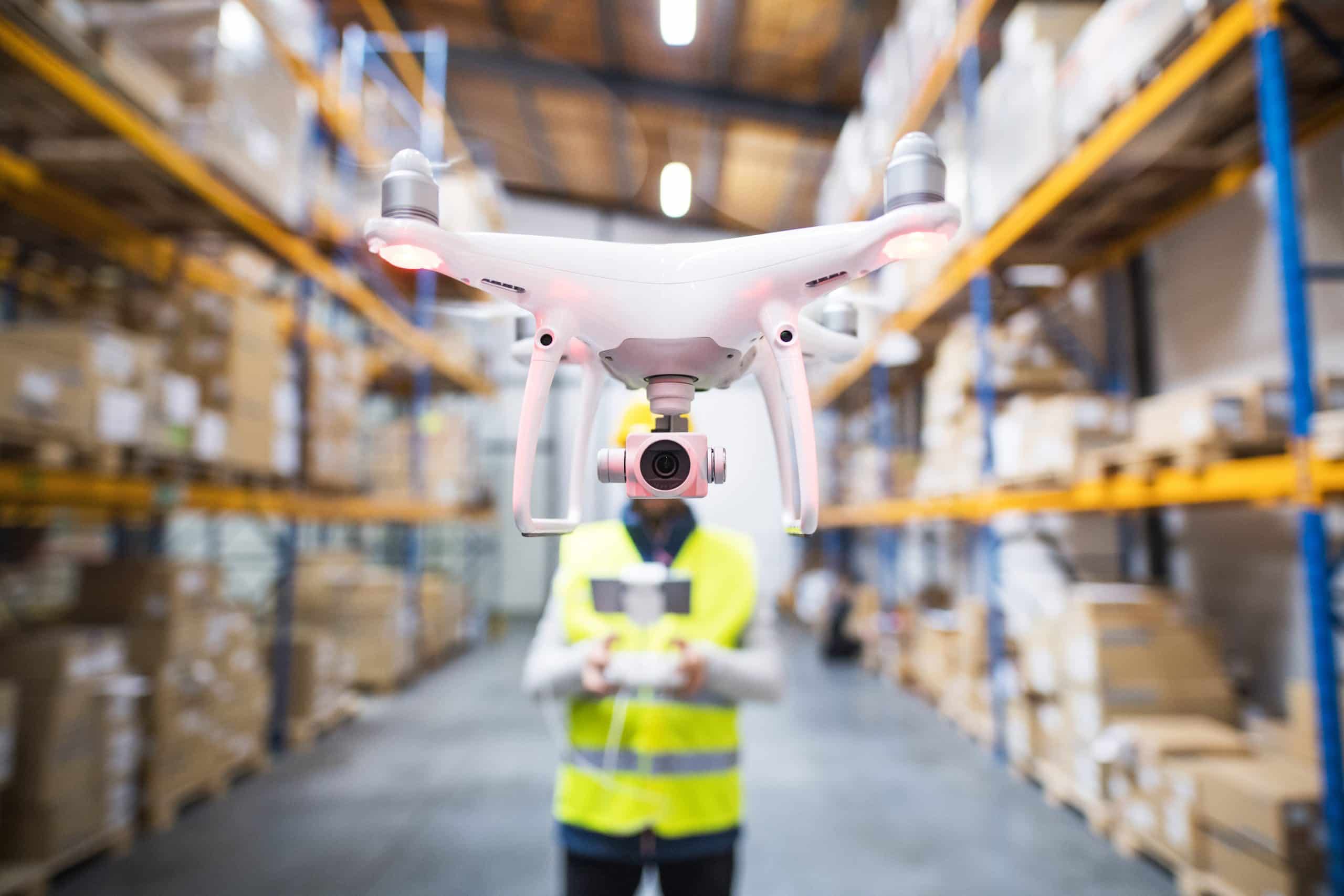How Can Drones Enhance Emergency Medical Services in Remote UK Areas?

The Evolution of Unmanned Aerial Vehicles in Healthcare
In the past few years, drones or Unmanned Aerial Vehicles (UAVs) have gained significant recognition in various sectors, including healthcare. The term ‘drone’ often evokes images of military operations or high-tech surveillance systems. However, this perception is being challenged as drones increasingly play influential roles within the healthcare sector.
The advent of drone technology in healthcare is driven by a commitment to enhance Emergency Medical Services (EMS), especially in remote areas. According to a study published on PubMed, drones have shown potential to deliver life-saving medical supplies and equipment, such as Automated External Defibrillators (AEDs), faster than traditional ground transport.
Avez-vous vu cela : All you need to know about Rome tourist passes
Drones and Cardiac Emergencies
Cardiac arrest is a brutal and unforeseen health emergency that requires immediate response. Given that every minute counts, the swift delivery of treatment can significantly improve survival rates. This necessity for speed is where drones come into play.
A scholarly article published on PMC, a free full-text archive of biomedical and life sciences journal literature at the U.S. National Institutes of Health’s National Library of Medicine, demonstrates the potential of using drones for this specific medical emergency. In the study, a drone equipped with an AED was launched to the site of an out-of-hospital cardiac arrest (OHCA). The drone arrived in less time than the EMS, hence highlighting drones’ potential as an alternative method of emergency response.
Lire également : What’s the Latest in Mindfulness Apps for Stress Reduction in the UK?
The Role of Drones in Delivery of Medical Supplies
Beyond the delivery of AEDs, drones can also transport other vital medical supplies. This feature is particularly beneficial for remote areas in the UK, where access to healthcare services can be challenging. The utilisation of drone technology allows for rapid, on-demand, and potentially lifesaving delivery of medical supplies.
In 2013, a drone successfully transported medical supplies from a mainland location to an island in the United Kingdom. This achievement marked a significant milestone in the use of drones for medical delivery. Furthermore, recent advancements in drone technology now allow for the transport of heavier cargo, thus expanding the range of medical supplies that can be delivered.
Legal and Regulatory Considerations for Drone Usage in Healthcare
Although the use of drones in healthcare shows promising potential, it’s not without challenges. Both the legal and regulatory landscapes surrounding drone usage are complex. In the UK, the Civil Aviation Authority regulates drone flights, and any commercial drone operation requires a permit.
Despite these regulatory hurdles, the UK government is actively exploring the use of drones in healthcare. In fact, the Google-backed Project Wing is working with the National Health Service to test the feasibility of drone delivery for medical supplies in the UK.
The Future of Drones in Emergency Medical Services
Looking at the potential benefits and ongoing advancements, it’s clear that drones have a promising role in shaping the future of emergency medical services, especially in remote UK areas. The combination of fast, on-demand, and potentially life-saving delivery makes drones an attractive solution for enhancing EMS.
In the future, we might see drones not only delivering medical supplies but also equipped with telemedicine capabilities, allowing remote diagnostics and consultations. As the PubMed articles and studies suggest, this could revolutionise the way healthcare services are provided, ensuring everyone, even in the most remote areas, has access to life-saving medical care.
While we’re still in the early stages of integrating drones into EMS, the progress to date is encouraging. With further research, regulatory support, and technological advancements, drones may soon become a common feature in the delivery of healthcare services, ensuring faster and efficient medical aid in times of need.
The Potential of Drones in Transporting Blood Products
Drones’ potential in the healthcare sector isn’t limited to cardiac cases or the transportation of medical supplies. Substantial evidence from researches and real-life examples indicate that they can be used effectively in transporting blood products. For rural or hard-to-reach areas in the UK, this capability of drones can be life-saving.
According to a research article on Google Scholar, drones have successfully transported blood products in several countries, underlining their practicality in similar scenarios. The study highlights how drones can maintain the required temperature for blood products during transport, which is a crucial factor for their usability.
In a real-life instance, in 2016, a Silicon Valley startup, Zipline, started delivering blood products by drones in Rwanda. The move drastically reduced the delivery time from four hours to mere 15 minutes. It’s an excellent example of how unmanned aerial vehicles can combat the logistical challenges in delivering critical healthcare services.
For the UK, where geographical barriers can hinder timely delivery of blood and other medical supplies, this innovative application of drone technology could be highly beneficial. Nevertheless, as with any new technology, it’s essential to consider regulatory guidelines and ensure safety and privacy are maintained.
The Impact of Drones on Emergency Medicine
In the realm of emergency medicine, the contribution of drones can be revolutionary. As per a PubMed Crossref article, drones can provide quick response times, deliver essential medical supplies, and offer remote medical support, significantly impacting emergency medical care.
A notable way drones are reshaping emergency medicine is through their role in disaster management. In disaster-struck areas, whether caused by natural calamities or societal conflicts, drones can be used for mapping and assessing the situation, locating survivors, and delivering essential supplies.
In the context of the UK, drone technology can be particularly helpful in addressing the challenges of providing emergency medical services in remote areas. These areas often struggle with accessibility issues, inadequate medical facilities, and longer response times. Drones can help overcome these challenges, ensuring timely medical intervention and potentially saving lives.
Conclusion
Drones or unmanned aerial vehicles hold immense potential in enhancing emergency medical services, especially in remote UK areas. Their ability to deliver life-saving medical supplies, transport blood products, respond to cardiac emergencies, and impact emergency medicine significantly is remarkable.
The promising role of drones is backed by numerous studies and real-life examples. However, it’s equally important to navigate the regulatory landscape and address safety and privacy concerns related to drone usage. With further research, technological advancements, and regulatory support, drones could revolutionise the way healthcare services are provided in the UK.
As we move forward, the integration of telemedicine capabilities with drones could further enhance their contribution, providing remote diagnostics and consultations. By ensuring quick, on-demand, and potentially life-saving delivery of healthcare services, drones could soon become a staple in the UK’s EMS landscape. Despite the challenges, the future of drones in healthcare looks promising, signalling a new era of efficient and accessible healthcare for all.
